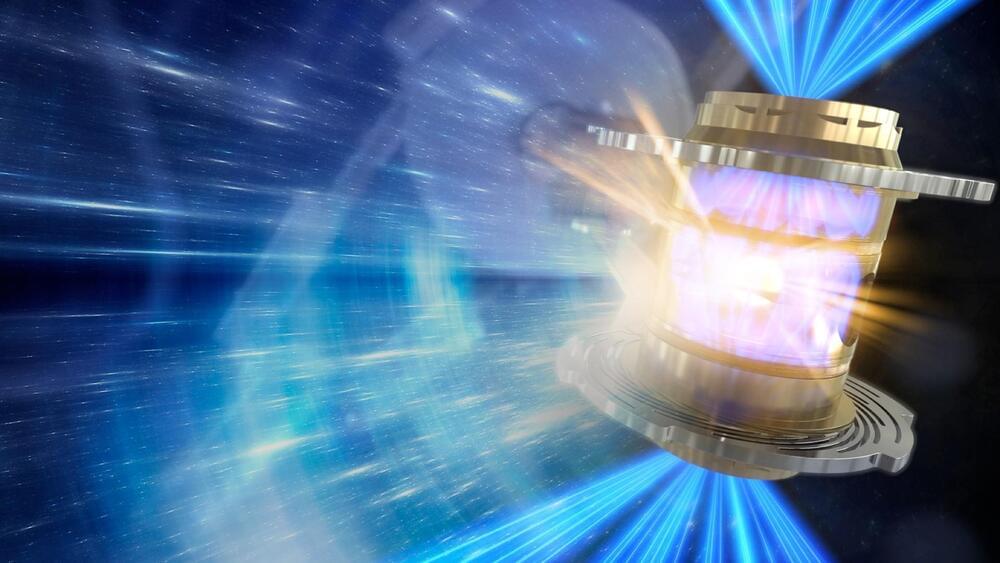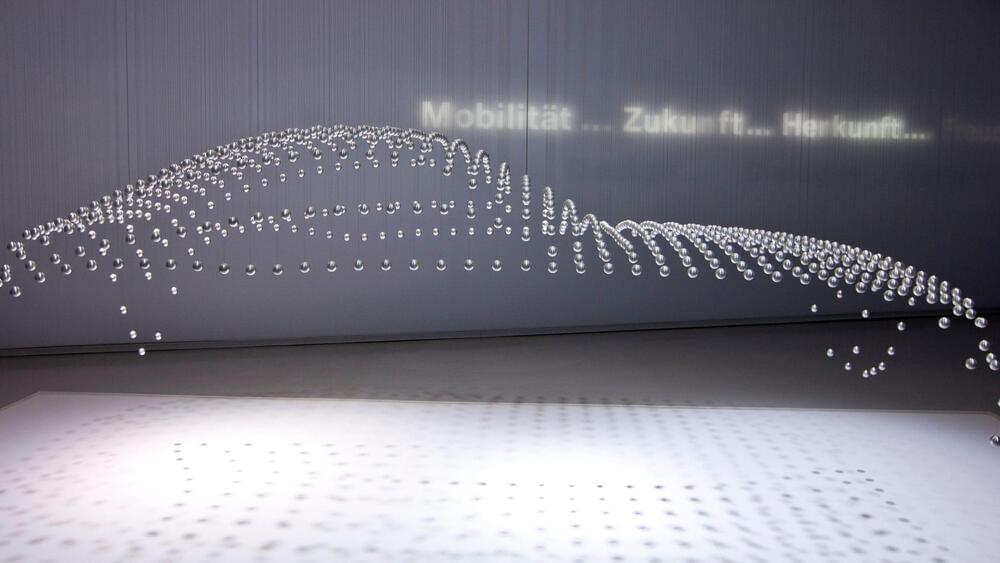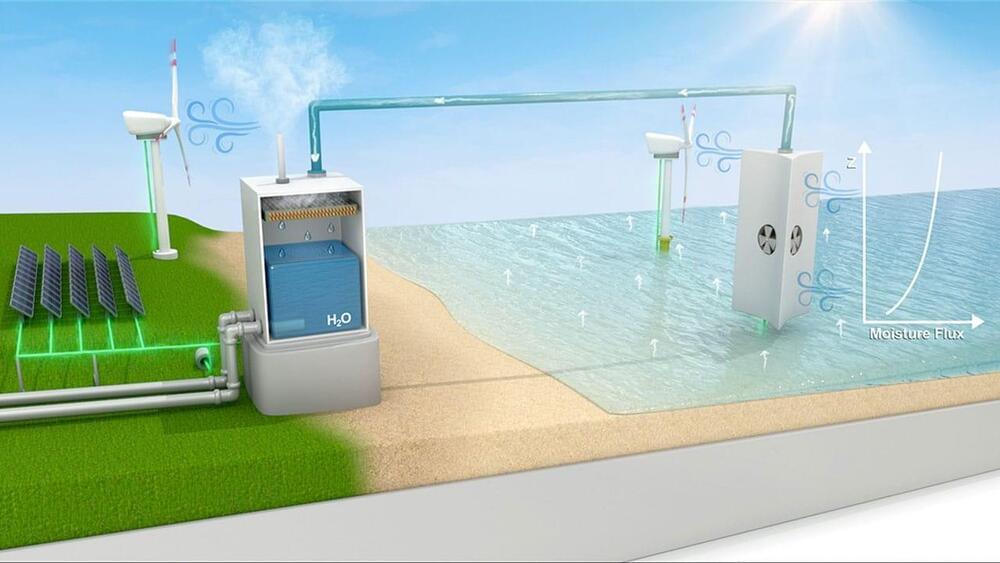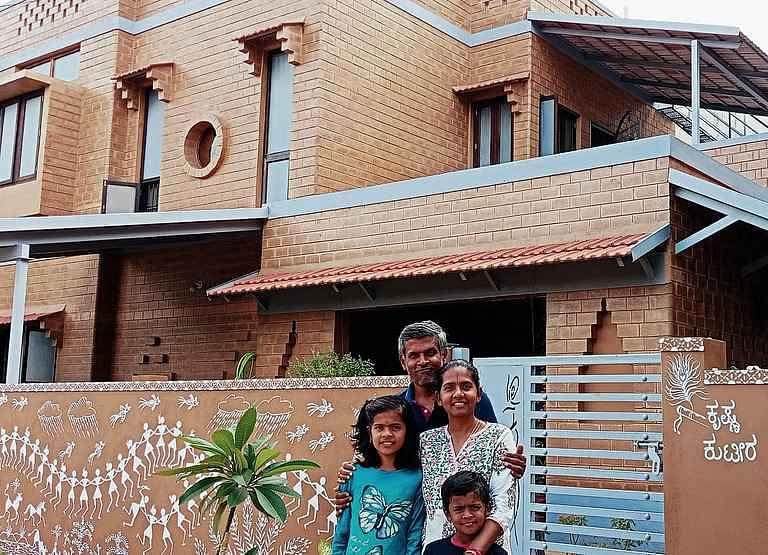Vertical farming grows more food in less space — with no pesticides. As Dubai opens the ‘world’s biggest’ vertical farm, is this the future of agriculture?
Category: sustainability – Page 249

MIT’s zero-electricity cooling system could tackle the hottest regions of the world
Claiming 3rd place, we look at how a zero-electricity cooling system could meet the world’s growing AC needs.
The fact that as the Earth warms, the technology needed by humans to stay cool will only make the environment hotter is one of the great ironies of climate change.
Here’s where a novel device unveiled by MIT researchers in October comes in.
Ibrahim Can/Interesting Engineering.
The number of energy-intensive air conditioning systems is projected to quadruple to 14 billion by 2050, putting a strain on existing power grids. Better yet, the increase in cooling alone will account for a 0.5-degree Celsius rise in global temperatures, according to the World Economic Forum.
A new head-up display could change how we drive in the future
Continental has won the innovation award at CES 2023 for the seventh consecutive year.
Continental AG, the German developer of pioneering technologies in mobility, has been picked to receive the Innovation Award for its Scenic View Heads-Up Display (HUD) at CES 2023, the company said in a press release. The CES is a technology trade show held in Las Vegas in January every year.
Continental.
Continental, a more than a century and a half old company, has developed technologies that enable safe, efficient, and intelligent movement of people and vehicles. According to its website, technologies developed by the company are used widely in popular brands such as Volkswagen, BMW, and Ford, including their recent offerings in the electric vehicle (EV) segment.

World’s largest laser used to initiate groundbreaking fusion reaction
This is a historic milestone in the quest for a clean nuclear energy source.
Scientists at Lawrence Livermore National Laboratory in California have made a major breakthrough in the field of nuclear fusion, sparking hope for a new carbon-free power source.
How did they do it?
llnl.gov.
The team used the world’s largest laser to initiate a fusion reaction that produced more energy than it took to create, marking a historic milestone in the quest for a clean nuclear energy source. Nuclear fusion has long been seen as a potential solution to the world’s energy needs, as it could provide abundant electricity without emitting greenhouse gasses or producing long-lasting nuclear waste.

BMW will reveal its new Vision Car concept at the CES 2023
The new concept car will be “electric, circular, and digital.”
The future BMW plan calls for a large number of new electric vehicles. The company already has a strong portfolio of electric vehicles, but its new platform will only be focused on electrification.
BMW CFO Dr. Nicolas Peter previously announced at the end of the Q3 2022 quarterly report that BMW will unveil a new Vision Car at the upcoming CES 2023. “The next highlight on our way to the Neue Klasse will follow in January 2023. At the CES in Las Vegas, we will be presenting a visionary vehicle that will underpin our digital expertise. The future of the BMW Group is electric, circular, and digital,” Peter said.
US startup wants to inject sulfur into the atmosphere to cool down the Earth
In theory, it could mitigate the effects of global warming; but experts are wary.
Make Sunsets, a California-based startup, released weather balloons that carried sulfur particles into the stratosphere which possibly burst there, releasing the chemical, MIT Technology Review.
Da-kuk/iStock.
Founded by Luke Iseman, previous director of hardware at Y Combinator, the attempts by the startup fall into the controversial area of solar geoengineering where particles are released into the atmosphere with an aim to reflect sunlight back into space to ease global warming. The field has largely been a thought experiment with no real consensus if the technology can help us fight climate change.
Watch the latest water satellite unfold itself in space
The Surface Water and Ocean Topography (SWOT) satellite launched into Earth orbit on Friday, Dec. 16, from Vandenberg Space Force Base in central California, and engineers are working to prepare the mission to begin measuring the height of water on over 90% of Earth’s surface, providing a high-definition survey of our planet’s water for the first time.
But before it can do that, the satellite would need to unfold its large mast and antenna panels (see above) after successfully deploying the solar panel arrays that power the spacecraft. The mission monitors and controls the satellite using telemetry data, but it also equipped spacecraft with four customized commercial cameras to record the action.
The solar arrays fully deployed shortly after launch, taking about 10 minutes.

A Startup Has Begun Releasing Chemicals Into the Stratosphere
Recently, a start-up company called Make Sunsets has begun releasing chemicals into the stratosphere as a form of geoengineering that is intended to help climate change. However, many are very hesitant about the startup and the result of what they are doing.
For perspective, geoengineering is when chemical particles are released into the stratosphere to manipulate the weather or climate. The theory is that when sulfur is released into the atmosphere that it mimics a natural process that occurs after volcanoes and that by doing this intentionally, we could ease global warming.
While it isn’t difficult to do this, it is very controversial. The reason for this is that it could potentially have dangerous side effects. Additionally, because some regions could endure worse side effects, it could cause issues across international lines.

Newly proposed method harvests untapped sources of fresh water
While significant parts of the globe are already facing significant freshwater scarcity, the need for more freshwater is projected to increase in order to sustain the increasing global population and economic growth and adapt to climate change.
An almost limitless supply of fresh water exists in the form of water vapor above Earth’s oceans, yet remains untapped. Now, researchers at the University of Illinois Urbana-Champaign (UIUC) have proposed a new infrastructure capable of harvesting oceanic water vapor as a solution to limited supplies of fresh water in various locations around the world.
The study evaluated 14 water-stressed locations across the globe for the feasibility of a hypothetical structure capable of capturing water vapor from above the ocean and condensing it into fresh water – and doing so in a manner that will remain feasible in the face of continued climate change.
